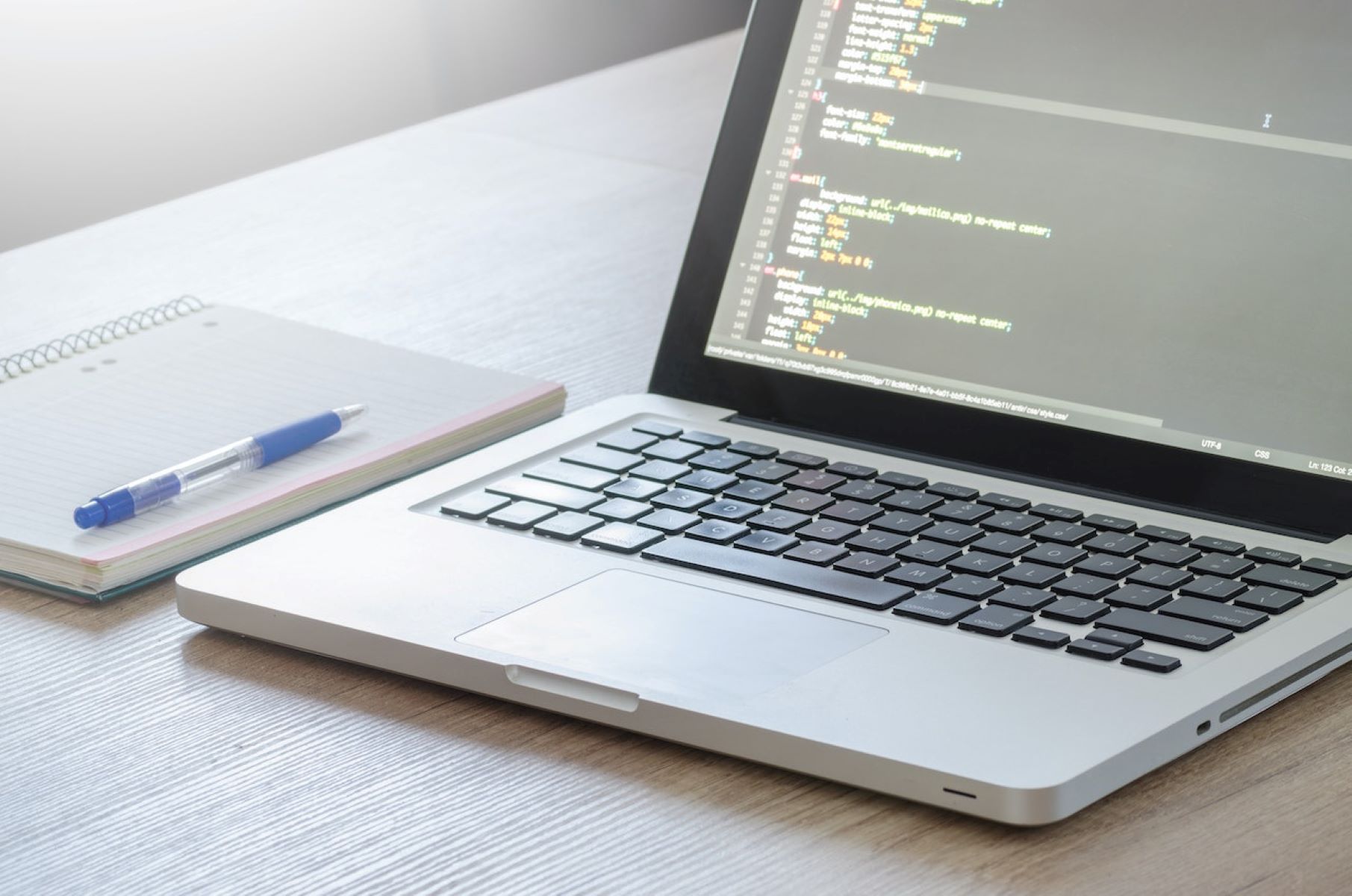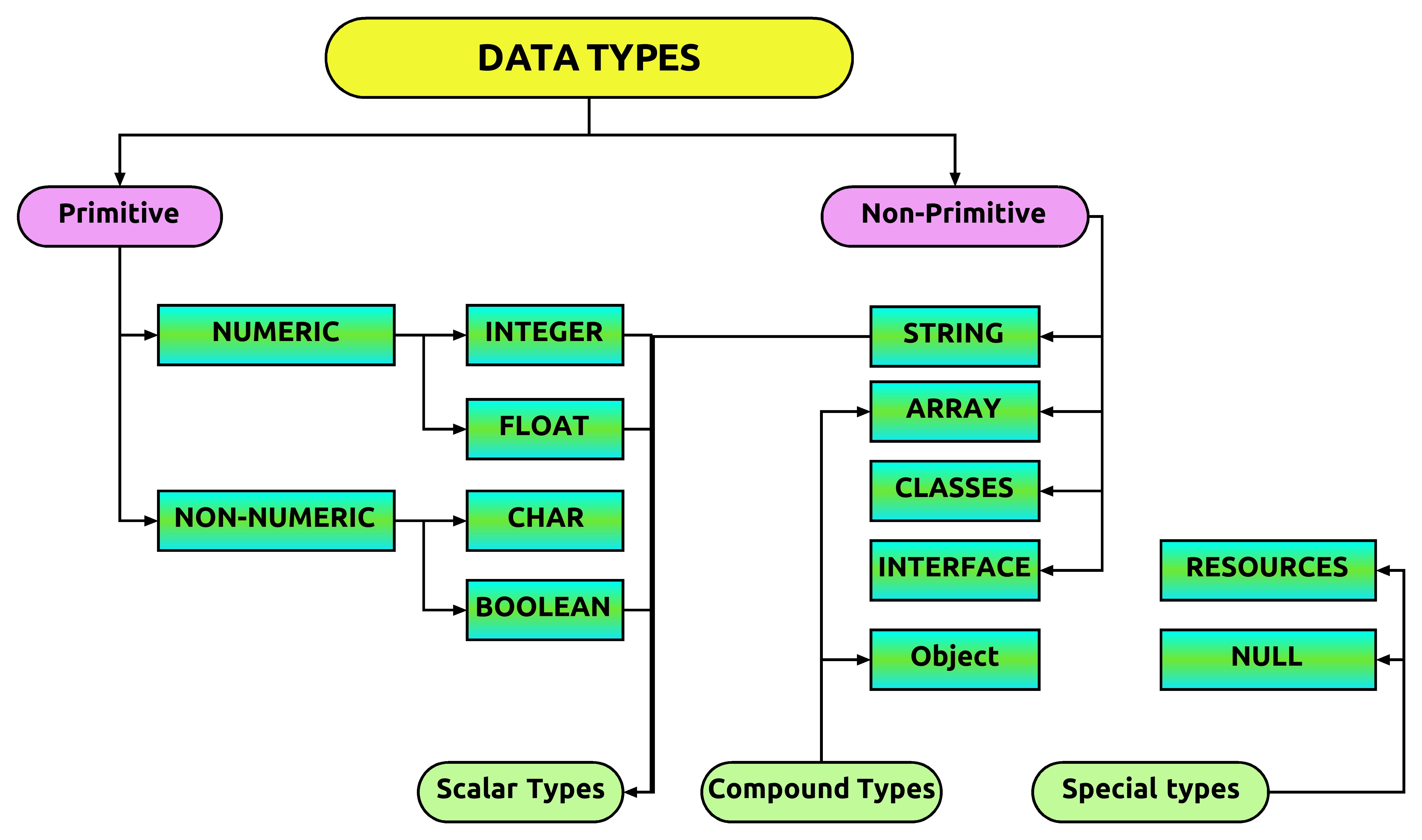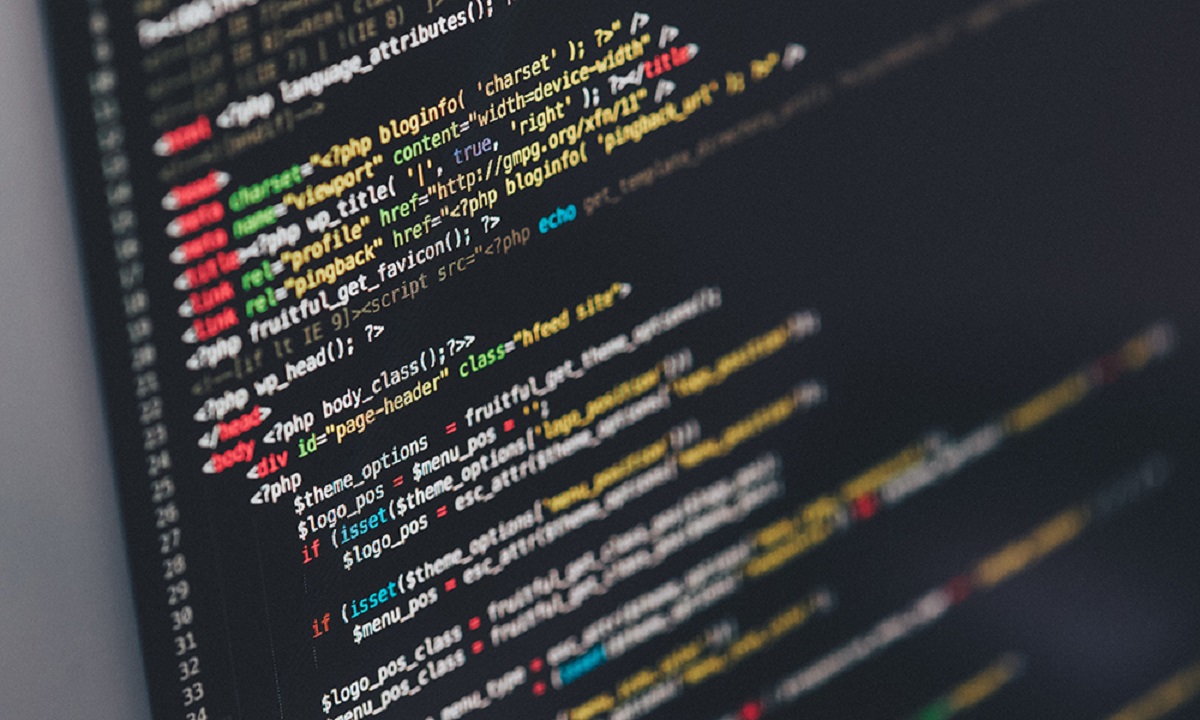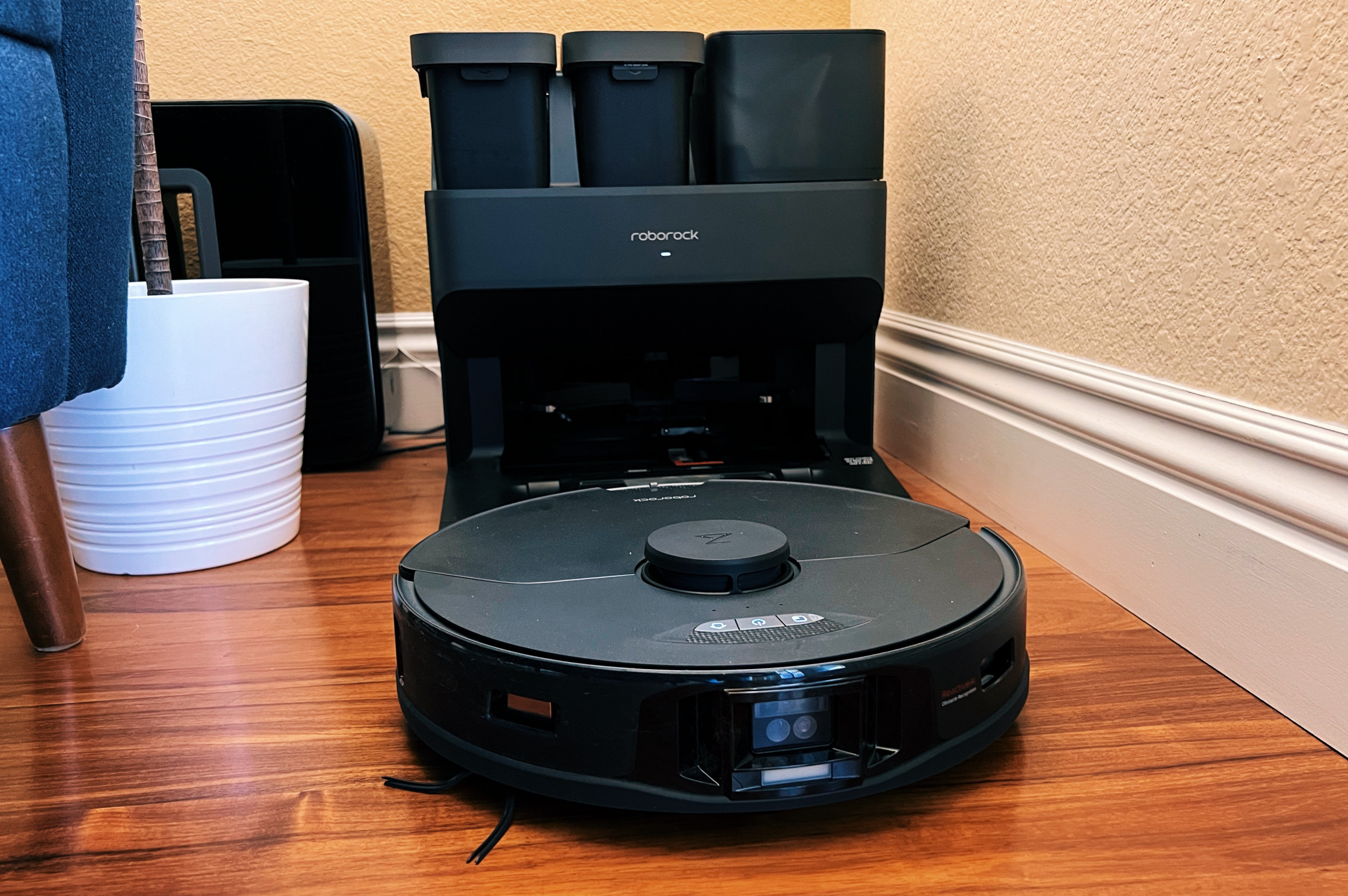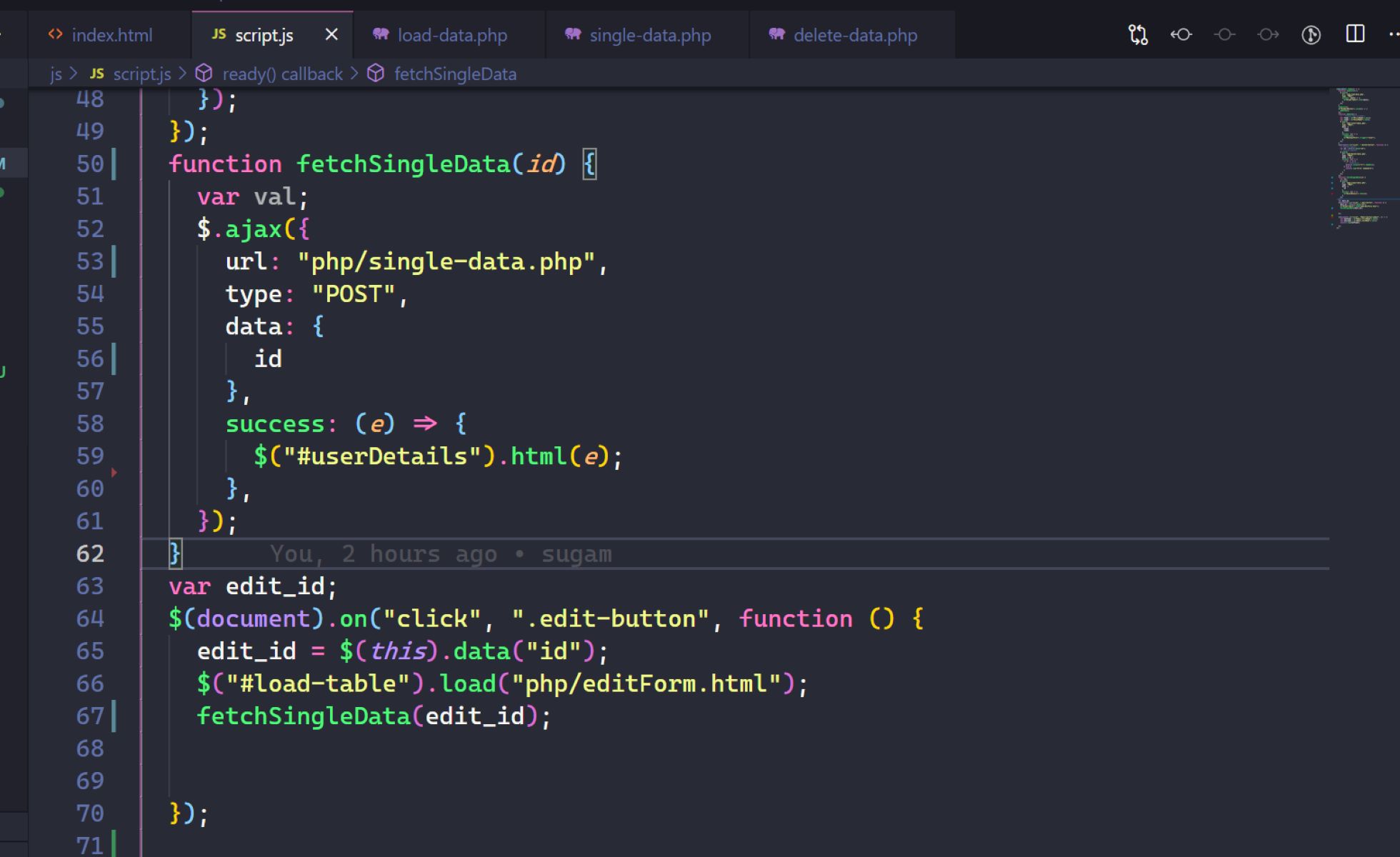Introduction
When it comes to coding and web development, understanding the concept of floats is crucial. Floats enable elements to be positioned horizontally within their parent container, allowing for flexible and responsive layouts. In this article, we will delve deeper into the world of floats in coding, exploring their definition, usage, advantages, common issues, best practices, and alternatives.
Floats play a significant role in web design, particularly in creating multi-column layouts and positioning elements such as images, text, and navigation menus. With the increasing demand for responsive designs, floats have become a necessity as they offer flexibility and adaptability across different screen sizes and devices.
So, what exactly is a float? Put simply, a float is a CSS property that allows an element to become part of the normal flow of a document, while simultaneously being pushed to either the left or the right of its container.
Floats are primarily used for creating multi-column layouts. By floating elements, developers can divide the page into multiple sections, arranging them side by side. This becomes especially useful when designing complex website structures, such as magazine layouts, product grids, or blog post listings.
One of the primary advantages of using floats is their ability to create dynamic layouts that adjust to different screen sizes. By using media queries and responsive techniques, developers can ensure that the floated elements reposition themselves, stack, or collapse based on the available width of the screen. This is essential for ensuring a consistent and user-friendly experience across various devices, including desktops, tablets, and smartphones.
However, like any coding concept, floats are not without their challenges. One notable issue with floats is the clearfix problem. When using floats, it’s common for the parent container to lose its intended height. This can cause layout issues and overlapping content. Fortunately, there are methods to solve this problem, such as using clearfix techniques or alternative layout systems like flexbox and CSS grid.
Despite their drawbacks, floats remain a widely-used and reliable method for creating versatile layouts in web development. By employing best practices such as clearing floats, using semantic HTML, and optimizing for mobile, developers can harness the power of floats effectively.
In the following sections, we’ll dive deeper into the world of floats, discussing their usage, best practices, common issues, and alternative solutions to provide a comprehensive understanding of this important coding concept.
Definition of a Float
In the world of coding, a float is a CSS property that allows elements to be positioned horizontally within their parent container. It is commonly used for creating multi-column layouts and positioning elements such as images, text, and navigation menus on a webpage.
When an element is floated, it is removed from the normal flow of the document and pushed to either the left or the right of its container. This floating behavior allows other elements to flow around the floated element, giving developers greater control over the layout and design of their webpages.
The float property in CSS has two possible values: “left” and “right”. When an element is floated to the left, it will be positioned towards the left side of its containing element, and subsequent elements will wrap around it on the right side. Conversely, when an element is floated to the right, it will be positioned towards the right side of its containing element, with subsequent elements wrapping around it on the left side.
It’s important to note that when an element is floated, it will be taken out of the normal document flow, which means that other elements will ignore its space. As a result, floated elements can cause issues with the positioning and layout of other elements if not properly managed.
Floats are commonly used in conjunction with the “clear” property, which specifies whether an element should be positioned below any floated elements. By applying the “clear” property to an element, developers can ensure that it starts on a new line, regardless of any floats that may be present.
Floats are often used in web development to create multi-column layouts, where content is divided into multiple columns positioned side by side. This is especially useful for websites that require magazine-like layouts, product grids, or blog post listings. By utilizing floats, developers can achieve visually appealing and well-organized designs.
While floats have been widely used in the past, newer layout techniques such as flexbox and CSS grid have gained popularity due to their enhanced flexibility and responsiveness. However, understanding floats is still essential as they are widely supported and continue to play a role in web development, especially when working with legacy code or specific design requirements.
In the next sections, we will explore how floats are used in coding, discuss their advantages, common issues, and best practices for their implementation. This will provide a comprehensive understanding of floats in web development and equip you with the knowledge to effectively use floats or explore alternative layout methods.
How Floats are Used in Coding
Floats are commonly used in coding to create flexible and responsive layouts. They allow elements to be positioned horizontally within their parent container and can be especially useful for creating multi-column layouts, aligning images, or floating navigation menus.
One of the primary uses of floats is in creating multi-column layouts. By floating elements, developers can divide the page into multiple sections, arranging them side by side. This is particularly beneficial for displaying content such as blog posts, product listings, or news articles in a visually appealing and organized manner.
When using floats, it’s important to consider the order of the elements in the HTML markup. Elements that need to appear first visually should be placed before the floated elements in the HTML structure. Any subsequent elements will then wrap around the floated elements, maintaining the visual flow of the layout.
Another common use case for floats is aligning and positioning images within a webpage. By floating an image to the left or right, developers can have the text content wrap around it, creating a visually pleasing and integrated design. This technique is often used in blog articles or product pages, where images need to be interspersed with textual information.
Floats are also frequently utilized for floating navigation menus, particularly in website headers or sidebars. By floating the menu items to the left or right, developers can create a compact and space-efficient design while maintaining access to important navigation links.
It’s worth noting that when using floats, it’s common for the parent container to lose its intended height. This can cause layout issues, such as elements overlapping or collapsing onto each other. To solve this problem, developers often use clearfix techniques, which apply clearing properties to the parent container to restore its intended height.
Moreover, floats can be combined with other CSS properties to achieve more intricate designs. For example, developers can use the “clear” property to ensure that an element starts on a new line, regardless of any floated elements. This can be useful when there are multiple floated elements and specific elements need to be positioned below them.
Overall, floats are a versatile and widely supported method for creating effective layouts in coding. While newer layout techniques like flexbox and CSS grid have gained popularity, understanding floats is still essential for compatibility with older browsers and legacy codebases. In the following sections, we will explore the advantages of using floats, common issues and problems, best practices, and alternative solutions to deepen your understanding of this important coding concept.
Advantages of Using Floats
Floats offer several advantages when it comes to coding and web development. They are a versatile tool that can be used to achieve flexible and responsive layouts, align images, and create visually appealing designs. Below are some of the key advantages of using floats:
1. Flexible Layouts: Floats enable developers to create multi-column layouts, allowing content to be divided into columns and arranged side by side. This flexibility is especially useful when designing websites that require complex structures, such as magazine-like layouts, product grids, or blog post listings.
2. Responsive Design: Floats can be combined with media queries and responsive techniques to create layouts that adapt to different screen sizes. By adjusting the float properties or using dynamic clearing techniques, developers can ensure that the layout repositions or stacks on smaller screens, providing a seamless experience across various devices.
3. Text Wrapping Around Images: One of the most common uses of floats is to position images within text content, allowing the text to wrap around the image. This technique is often used in blog articles or product pages, enhancing the visual appeal and integration of images within the overall design.
4. Space Optimization: By floating navigation menus or other elements to the left or right, developers can create space-efficient designs that maximize the available screen real estate. Floating elements, such as menus, alongside the main content area can provide easy access to important links without sacrificing layout aesthetics.
5. Widely Supported: Floats have been a staple of web development for a long time and are compatible with older browsers and legacy codebases. This makes them a reliable choice when working with existing projects or targeting a wide range of devices and browsers.
6. Incremental Design: Floats allow for an incremental design approach, where developers can add and position elements as needed. This makes it easier to modify and update layouts without disrupting the entire structure, enabling efficient maintenance and future enhancements.
While there are various advantages to using floats, it’s important to consider their limitations and potential issues. Floats can sometimes cause layout problems, such as collapsing parent containers or elements overlapping. However, by following best practices and applying appropriate clearing techniques, these issues can be mitigated. In the next sections, we will explore common problems with floats, best practices for their use, and alternative solutions that can be considered in specific situations.
Common Issues and Problems with Floats
While floats are a powerful tool for creating flexible layouts and positioning elements, they are not without their challenges. There are several common issues and problems that developers may encounter when working with floats. Understanding these challenges will help you troubleshoot and address them effectively. Here are some of the most common issues with floats:
1. Collapsing Parent Containers: One of the main problems with floats is that they can cause parent containers to lose their intended height. This occurs when the floated elements are taller than the parent container, causing the container to collapse and potentially overlap other elements. To resolve this, developers often use clearfix techniques, such as applying the “clearfix” class or using the `::after` pseudo-element to clear the floats and restore the parent container’s height.
2. Overlapping Elements: When multiple floated elements are positioned within the same container, they can overlap if not managed properly. This often happens when the combined width of the floated elements exceeds the width of the container. To avoid overlapping, developers should ensure that there is enough space for the floated elements and consider using media queries or responsive techniques to adjust the layout on smaller screens.
3. Float Drop: Float drop occurs when there is not enough horizontal space within the container to accommodate all the floated elements side by side. In such cases, the floated elements drop down onto the next line. This can happen when the container is too narrow or when the floated elements have fixed widths that do not scale well on different devices. To prevent float drop, developers can use responsive design techniques, adjust the width of the elements, or consider alternative layout methods like flexbox or CSS grid.
4. Document Flow Disruption: When an element is floated, it is taken out of the normal flow of the document. This can cause problems when other elements, such as text or images, do not properly wrap around the floated element as intended. To mitigate this issue, developers can use the “clear” property to ensure that subsequent elements start on a new line and are not affected by the float.
5. Limited Vertical Control: Floats primarily affect the horizontal positioning of elements, and their vertical position is determined by the normal flow of the document. This limited vertical control can sometimes lead to layout inconsistencies, especially when there are complex design requirements or specific element alignments. In such cases, alternative layout techniques like flexbox or CSS grid may offer more precise control over both horizontal and vertical positioning.
While floats have been widely used in the past, newer layout methods like flexbox and CSS grid offer enhanced features and improved flexibility. When considering these alternative layout options, it’s important to weigh the benefits and trade-offs to determine the best approach for your specific project. In the following sections, we will explore best practices for using floats and discuss alternative solutions to consider when floats are not the ideal choice.
Best Practices for Using Floats
While using floats in your coding can be powerful for creating flexible layouts, it’s important to follow best practices to ensure optimal results. By adhering to these guidelines, you can minimize potential issues and maintain a well-structured and maintainable codebase. Consider the following best practices when using floats:
1. Clearing Floats: To prevent parent containers from collapsing and overlapping content, it’s crucial to clear floats properly. There are several techniques for clearing floats. One commonly used method is to apply the “clearfix” class to the parent container, which contains a CSS rule that clears the floats. Alternatively, you can use the `::after` pseudo-element and apply the “clear: both;” property to it. This ensures that the parent container’s height encompasses all floated elements.
2. Semantic HTML: Always use semantic HTML tags appropriately. Use elements like `







